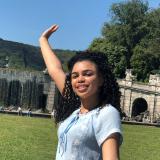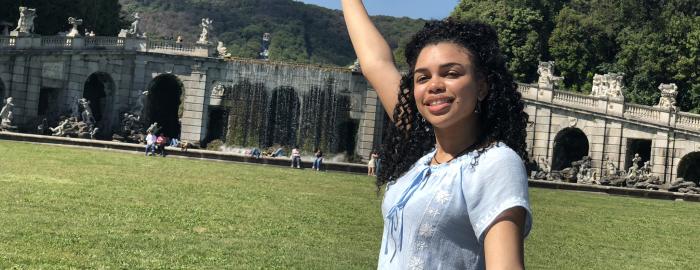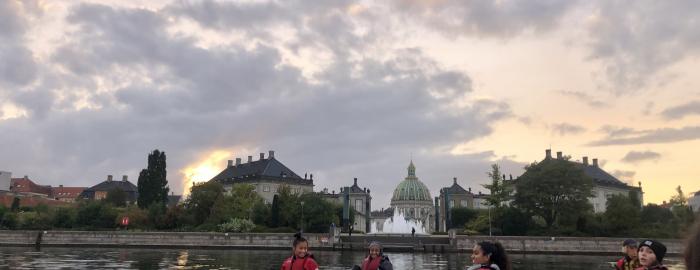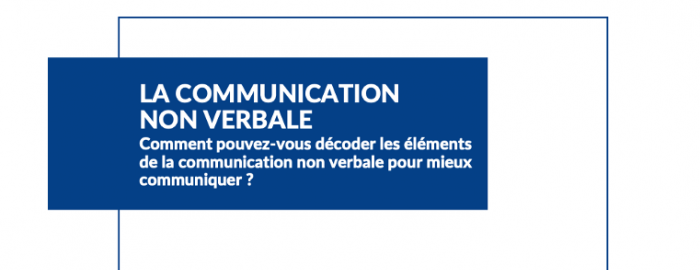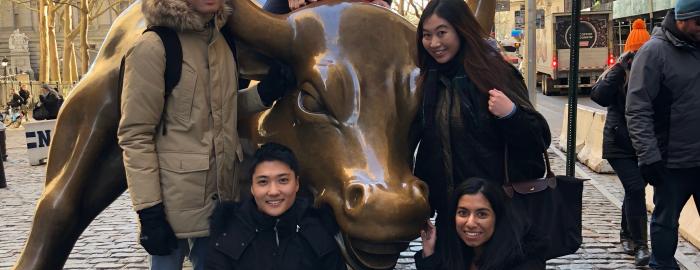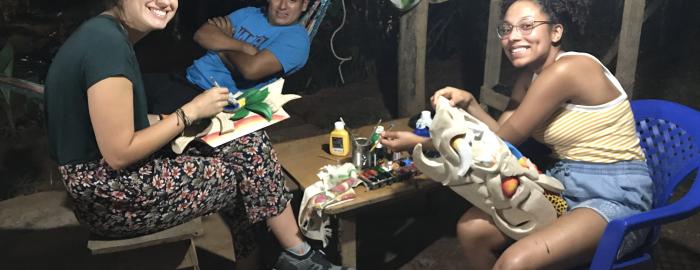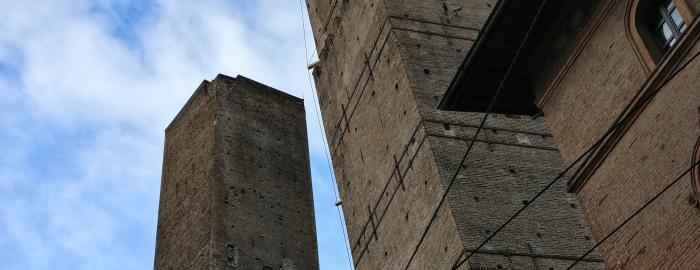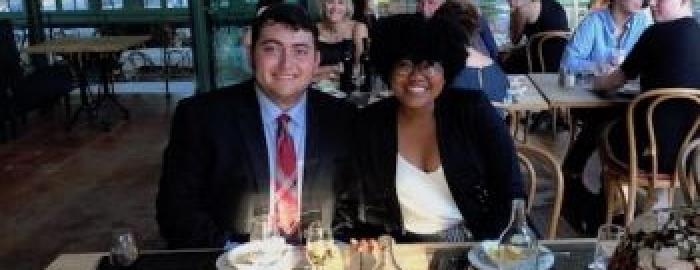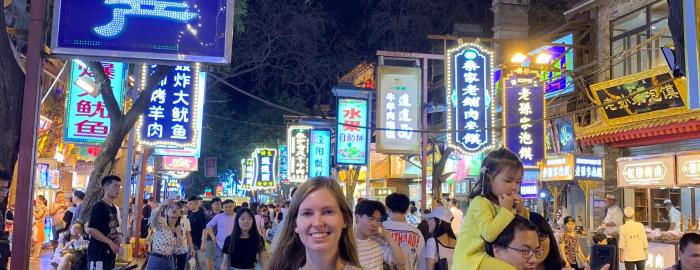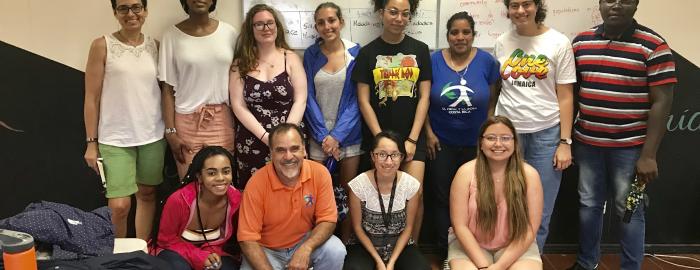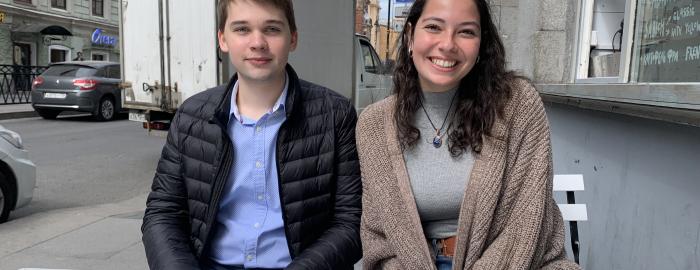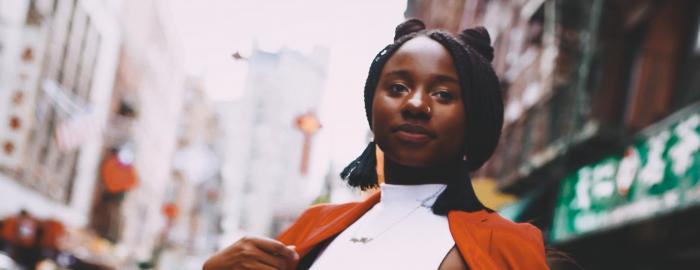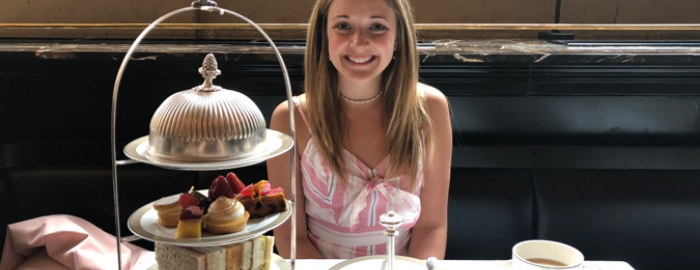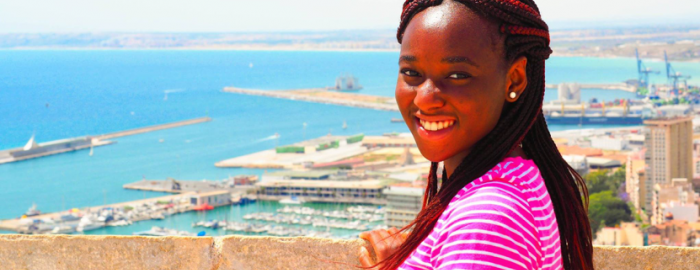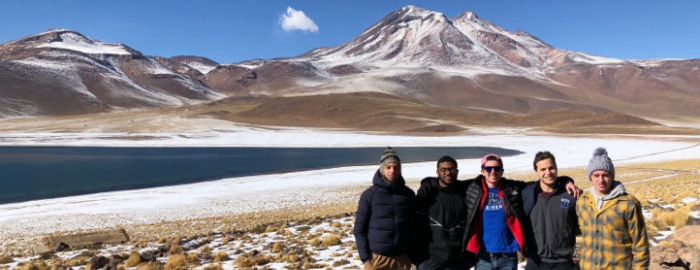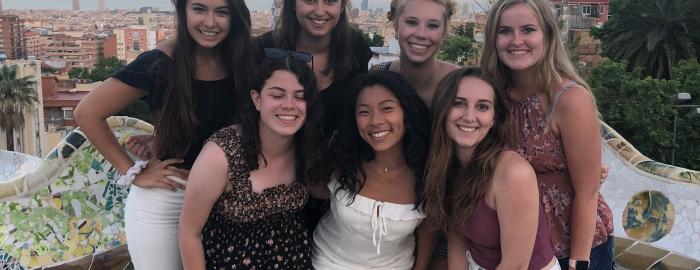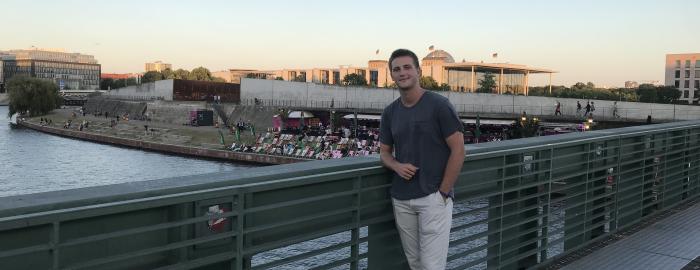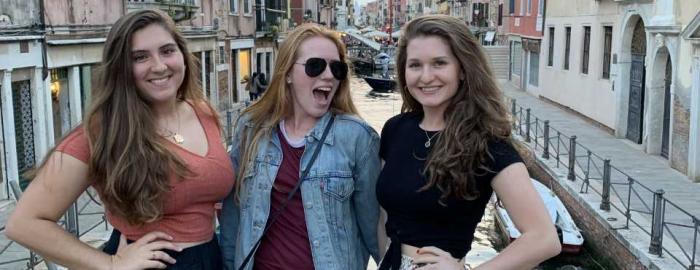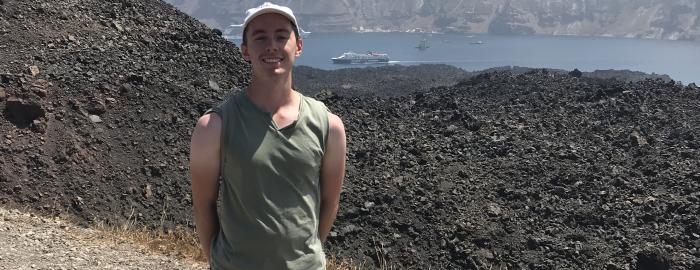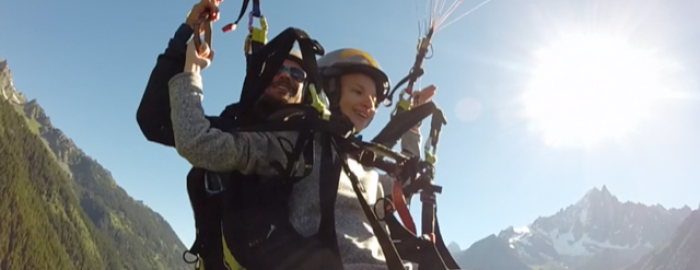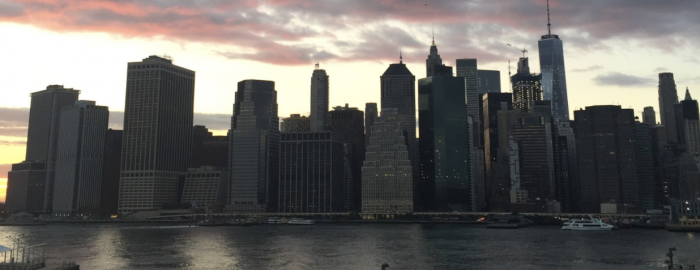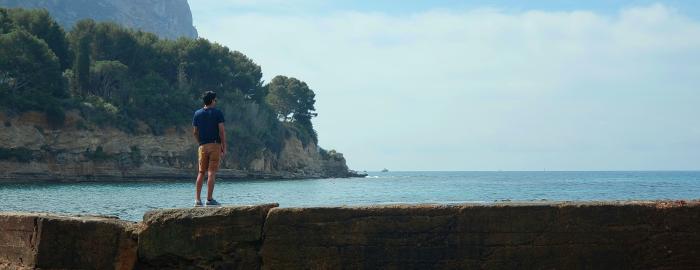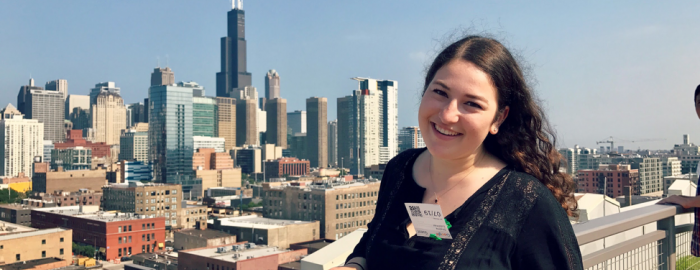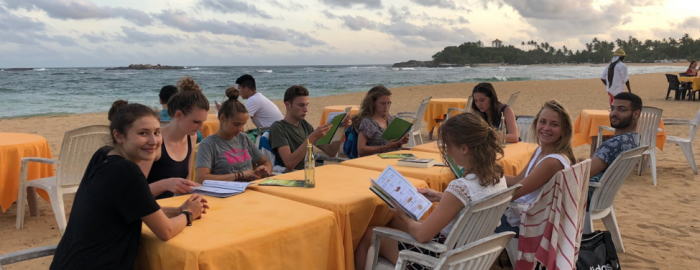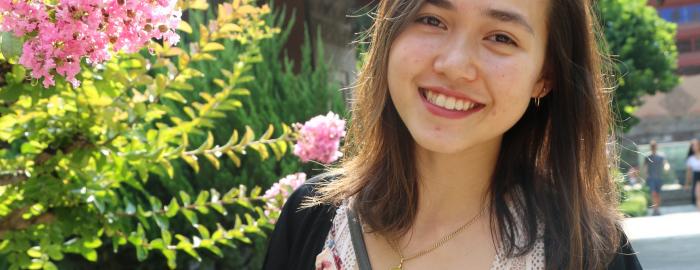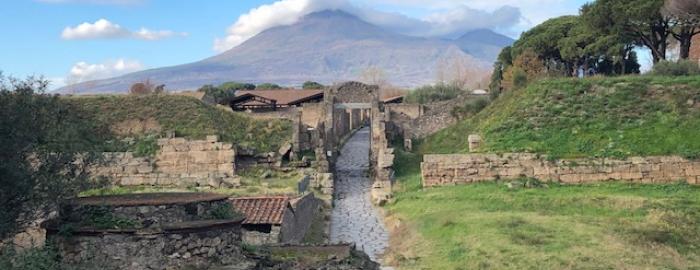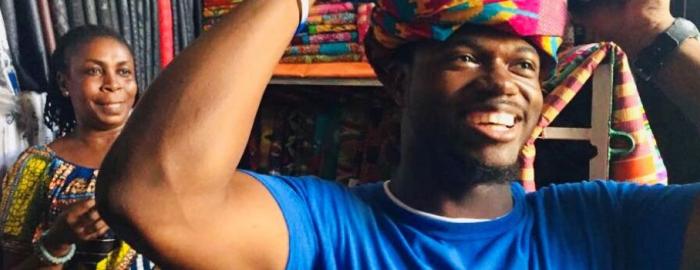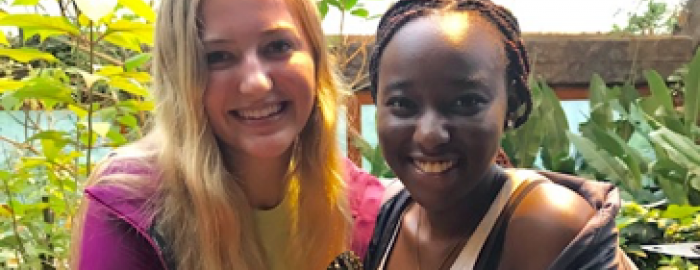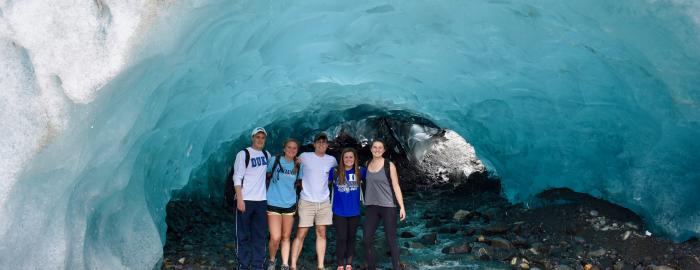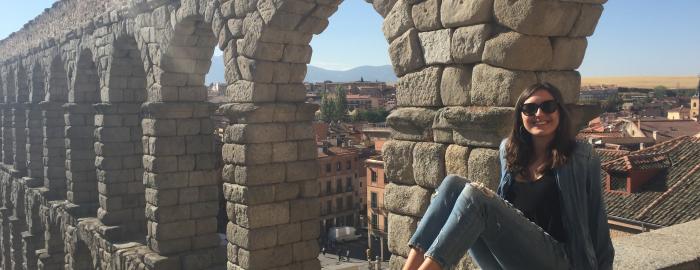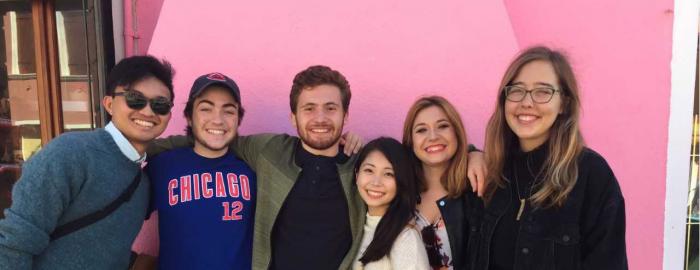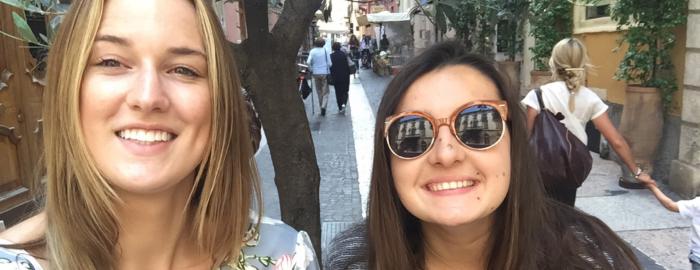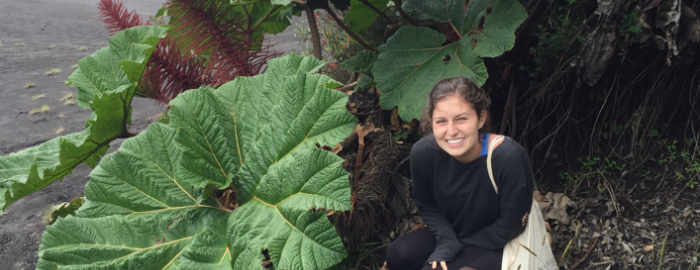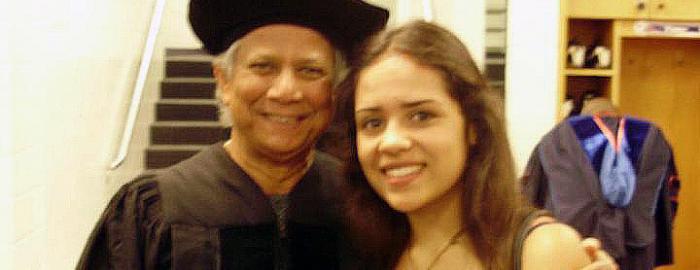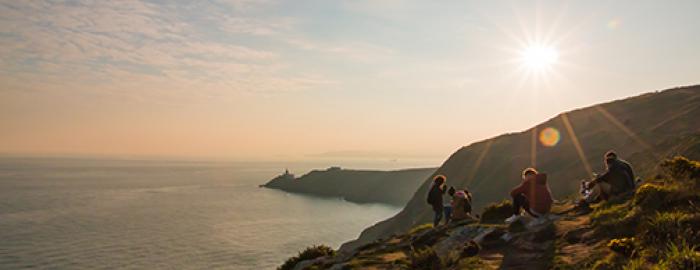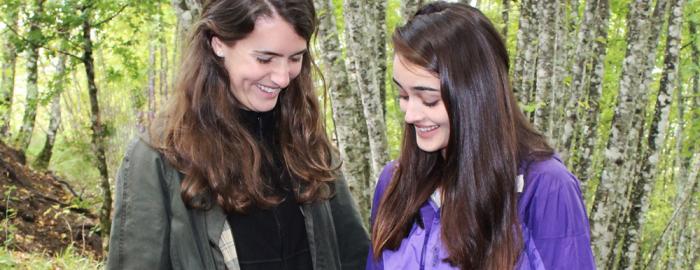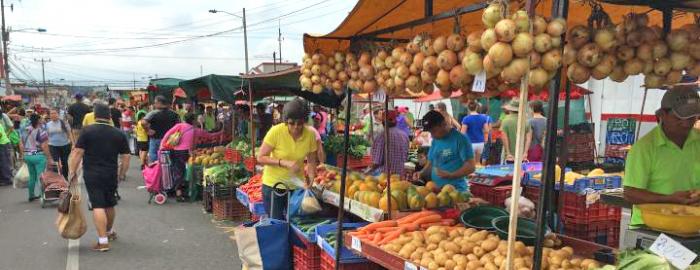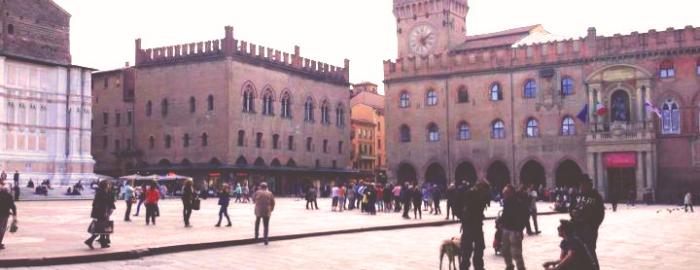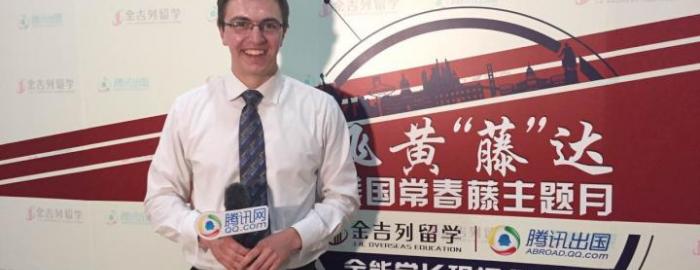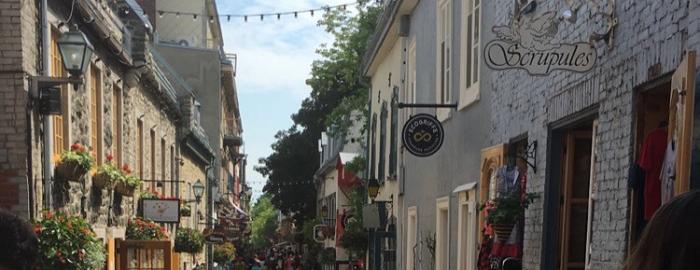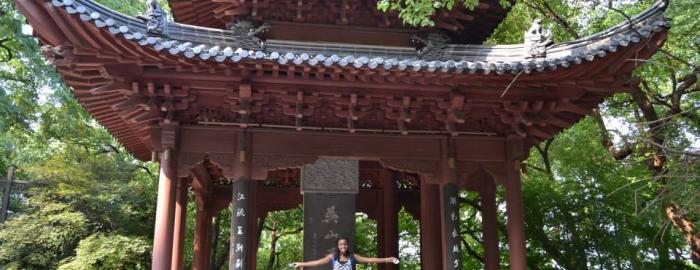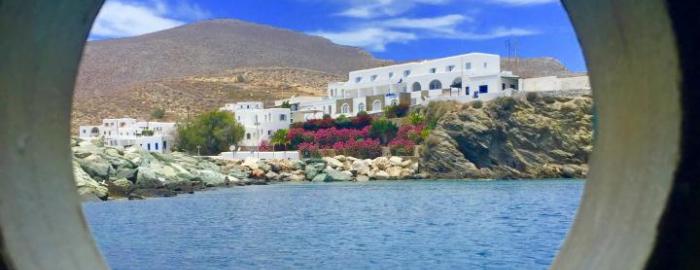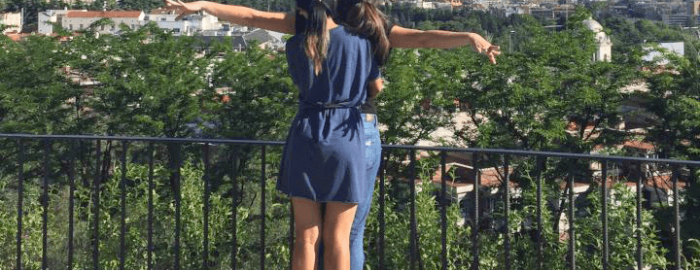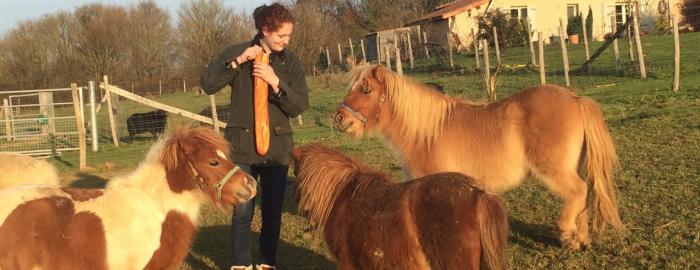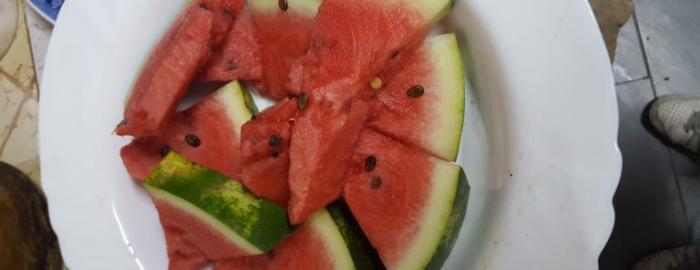Rebecca Schmitt is majoring in Mechanical Engineering with a minor in Mathematics. She spent one summer with the Duke in Rome program. She graduates in 2021.
On why she decided to do this program…
“The multitude of engineering requirements doesn’t allow me to explore much beyond my major during the school year. So I wanted the experience of taking humanities classes during the summer. I’ve also always been interested in Ancient Rome. It all started when I was in the 2nd grade; my interest was piqued when we learned about the volcanic eruption of Mt. Vesuvius. This introduction unveiled a world of culture, architecture, and religion beyond the city of Pompeii. By the 8th grade, I was practically a human encyclopedia of information about Ancient Rome. So, in short, this program allowed me to delve further into a civilization which had fascinated me for years. It was amazing to visit these places as a tourist—but the Duke program allowed me to view the area through a scholarly lens. I watched history come alive. Visiting Rome certainly checked something major off my bucket-list!”

How her skills/knowledge changed as a result of the program…
“I know how to assess archaeological sites and artifacts in proper cultural contexts. I also learned how to apply the knowledge taught in class when evaluating Ancient Roman sites and culture in the field.”
On what she had expected and what turned out differently…
“I never expected to see the Pope! Luckily, during the two weeks we were in Rome, Pope Francis had one of his Sunday blessings in St. Peter’s Square. I rushed to the Vatican City to see him. I watched with several thousand people as he opened his apartment window and began the blessing (in Italian, of course). I then headed into the Basilica and reflected. As a Christian, it was an invaluable religious experience.”
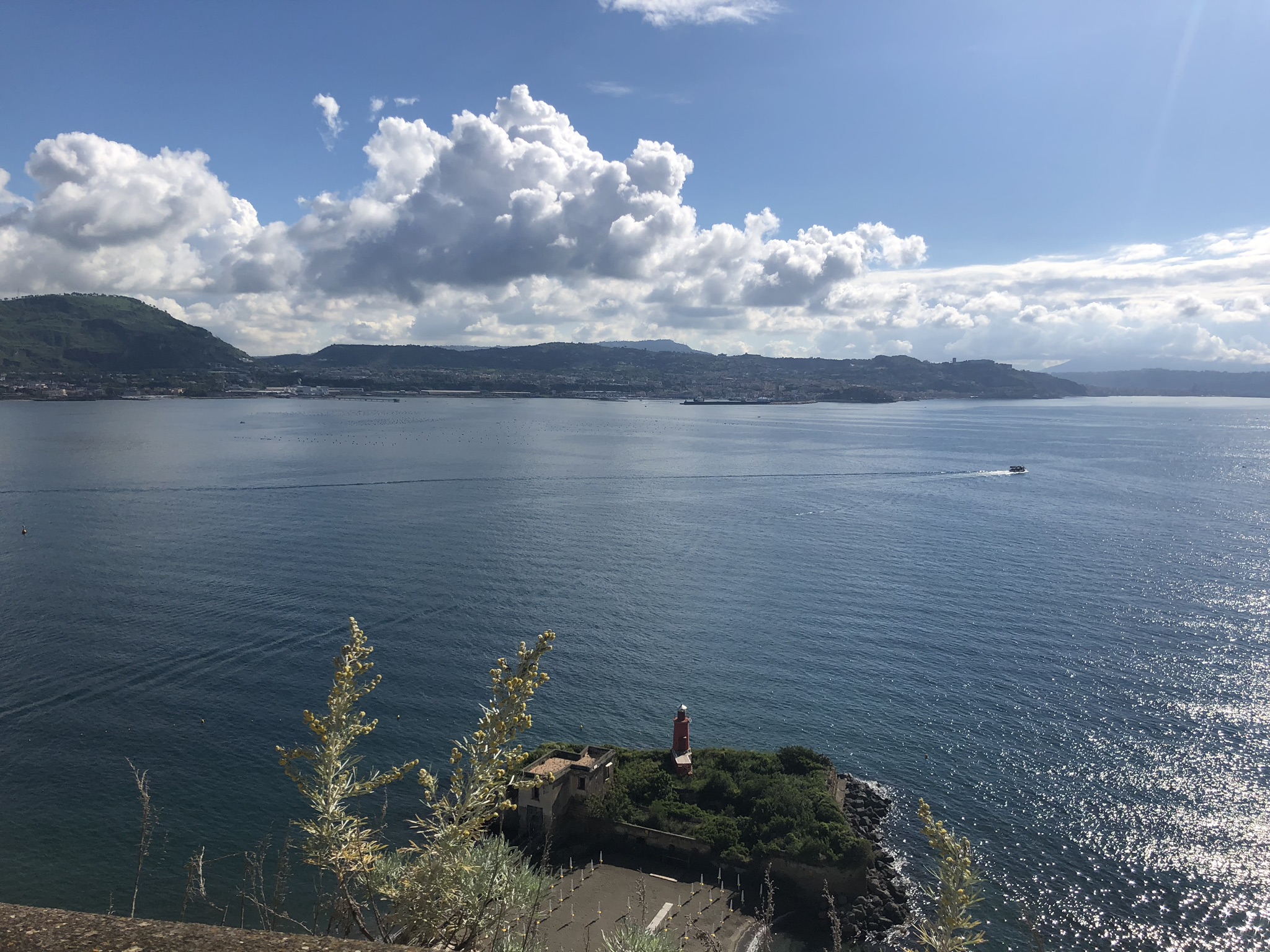
On her greatest takeaway from the program…
“My greatest takeaway was learning how art has been utilized as a vehicle for political agendas. Before class began, each student was assigned something to research. This provided more depth to the the lectures. Through my personal project assignment, I was able to explore the modes of Augustan propaganda and the influence of his rule. Visiting my chosen site, the Ara Pacis, was very interesting. This in-person visit paired with our lessons in art history allowed me to develop a deep understanding of how Roman art and architecture influenced daily life. It felt relevant to how the media affects politics today. The Ara Pacis provides evidence that Western leaders have been utilizing art as propaganda machines since 13 BC. At the time, art and architecture were two of the most effective ways of communicating to the masses. In the Ara Pacis, Augustus provided many symbols and analogies that compared him to a god, without ever proclaiming that he was one. He wanted the public to view him as a savior rather than a dictator (let's just say he didn’t want to repeat his father, Julius Caesar's mistakes). However, today the media isn’t restricted to static statues, buildings, and murals; we have memes and political cartoons. News outlets now deliver live updates to iphones and have the power to control whatever message fits their agenda. In this day and age, political messages and the ways that they’re delivered are even more complex, nuanced, and subliminal. I saw that the same political strategies have been utilized repeatedly throughout history.”
On advice she has for other students considering the program…
“Bring a water bottle! Southern Italy is very sunny and beautiful during this time of the year, but this means scorching heat. Of course you will be sent a packing list but be prepared to make extensive use of your best walking shoes. There will be many, many things to see and a lot of walking.”
Programs Featured:
